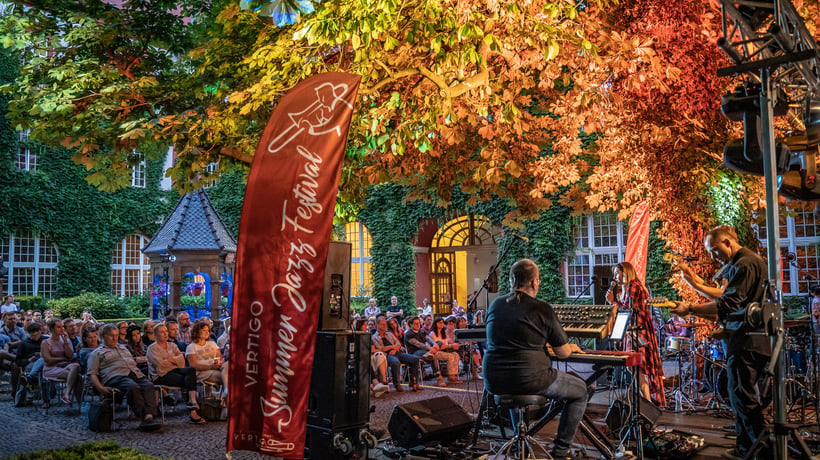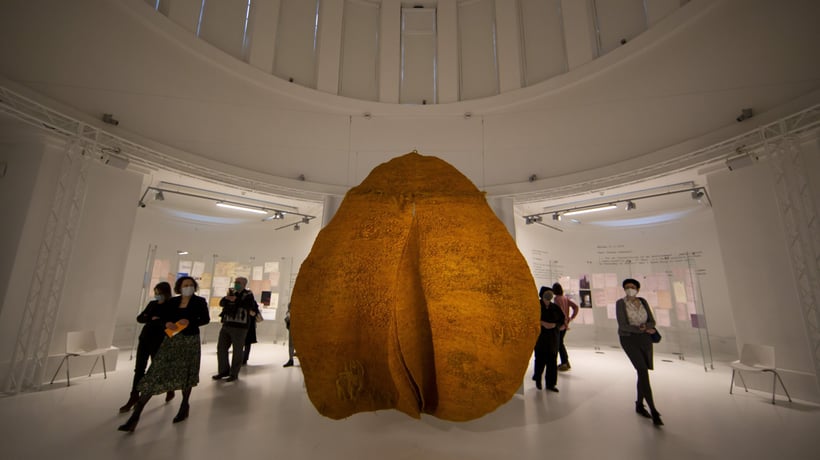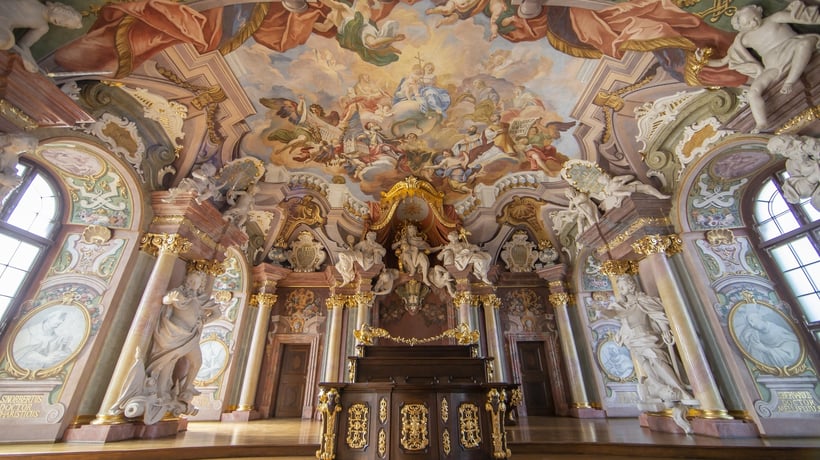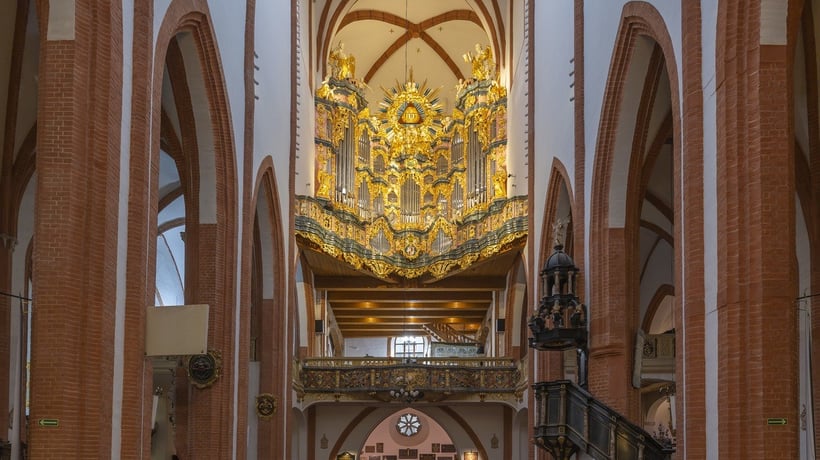The Lviv represented in the Panorama dates back to 1772–75, and it covers the area located within the city walls together with several adjacent buildings. Each and every building in the panorama is accurate in detail and faithful to the original. The map is complemented with an oil sketch on the canvas pasted on plywood which serves as the backdrop of the Panorama.
Janusz Witwicki began his work on the Panorama in 1928. A number of people were involved in the project. "They prepared iconographic documentation and provided geodetic surveys," says Łukasz Koniarek, PhD, from the Ossolineum.
Precise and accurate
The panorama has been created on six boards, each of which 2 metres long and 1.2 metres high. Lviv was represented at a scale of 1 to 200.
"The buildings are made of cardboard and plywood, and are covered with copper and leaden sheets. Wire and celluloid were also used," says Adam Grocholski, an artist who restored the panorama. "Each detail has been made with utmost precision to render the architectural details of the city. Each chimney and each window has been restored with great accuracy. Apart from this, the creators of the panorama made the buildings look older by adding damp patches on the walls and holes in the plaster to give a real feel of the city.
While the Panorama was never on display in Lviv, Witwicki could not take it from the city after World War II. This would require consent from the Soviet authorities. The architect finally plead such consent, but he was murdered in mysterious circumstances prior to his departure in 1946. It is suspected that his death was inspired by the NKVD.
From Lviv through Warsaw to Wroclaw
The Panorama was taken from Lviv by the architect's wife. The work travelled to Warsaw, where it was first hidden in the ruins of the Royal Castle, and later in the basement of the Warsaw University of Technology. At the end of the 1970s, the Panorama was transferred to Wroclaw, first to the Architecture Museum, and later to the Historical Museum, where it was first put on display in the 1990s.
As the Panorama wandered from place to place, some buildings disappeared or were damaged, and nobody knew what to do with the work. The Witwicki family decided to present it to the Ossolineum in 2006.
Despite all this, a decision was made to restore the Panorama and to take on the challenge to add the missing buildings. These included the magnificent, Baroque Dominican Church and the Golden Rose Synagogue. The tower and the chapel at the Franciscan Church were also added, and the Latin and Wallachian Cathedrals were restored. The Ministry of Culture and National Heritage supported the work with a 100-thousand-PLN subsidy.
City of lights
As was Witwicki's original wish, the map has also been illuminated. The architect wanted the Panorama to be illuminated according to the time of day: at dawn, at noon, at sundown and even by moonlight.
"We can now produce such effects with LED technology without running the risk of damaging the map," says Tomasz Fronczek, another artist who restored the work.
A phone call to Witwicki
The Lviv Panorama will be on display from September 2015 at one of the Centenary Hall's rotundas.
"We are now working on the concept of the exhibition. The project will involve contribution from Marek Krajewski," says Paweł Romaszkan from the Centenary Hall. "We want the Panorama to be a living exhibition that attracts also those people who have nothing in common with Lviv. That's why the display will be complemented with a multimedia presentation. During restoration work, all the buildings in the panorama were scanned in 3D technology.
The exhibition will draw on the history of Lviv to show both the Polish residents of the city and the residents of Lviv who were relocated to Wroclaw.
"We are going to use stories about the city and will draw on the life of Janusz Witwicki, the Panorama's creator," says Mr Romaszkan. "We are wondering if Superintendent Edward Popielski, the protagonist of the Lviv-based detective stories by Marek Krajewski, could help us to solve the mystery of Witwicki's death. Are are also contemplating the idea to put a period telephone booth and a Lviv telephone directory. The directory will provide you with the number to Witwicki's studio, which was located at ul Ormiańska 18. All you need to do is dial 26363 to speak to the Panorama's creator. I can't share all the details, though."
Janusz Witwicki's family is expected to attend the opening of the restored Lviv Relief Panorama at the Centenary Hall. The work of his life will finally be presented in a professional manner.


![Lviv in miniature: like new [PHOTOS]](https://www.wroclaw.pl/cdn-cgi/image/w=840,h=480,fit=crop,f=avif/en/files/news/16521/panorama-lwowa-034.jpg)





